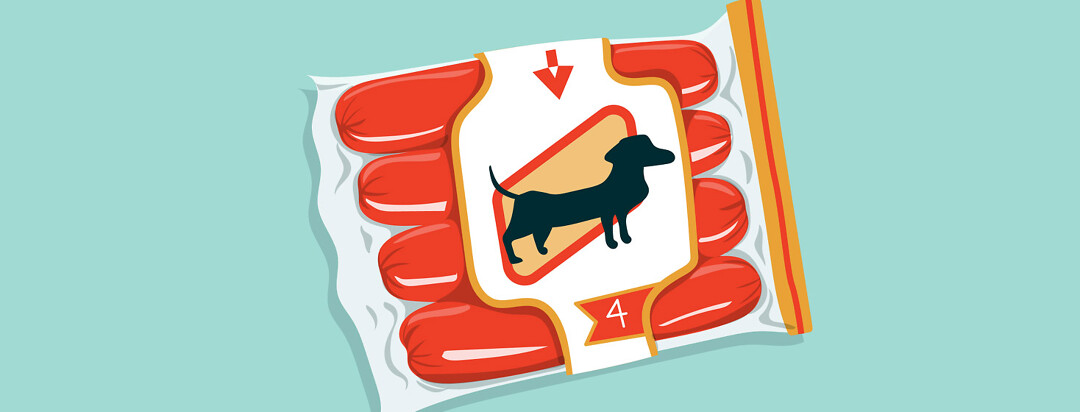To Wear A Condom
'Condomless' sex is kind of a hard topic to talk about. But the reality of a lot of people's sex lives is that wrapping it up 100 percent of the time isn't always possible. Even when we happen to surf the net, 'condomless' or 'bareback' sex seems really casually apparent.
Sex without a condom
This observation made me think critically about what message it’s sending out. I have to ask, “Is condomless sex okay?” For me, I see it as a pure fantasy, as a desire to fulfill with a special partner. The reality is also that mistakes happen and that condoms can slip one's mind or actually slip off in the process of having sex.
The result is always the same: I go through the emotions of making a doctor's appointment, getting tested, and waiting in anxiety until I feel relief when I get my test result.
Tools for HIV & STI prevention
HIV medications are advancing to the point where we have the ability to take a once-a-day pill that protects a person from getting HIV. These drugs are called PrEP or pre-exposure prophylaxis.
PrEP
Okay, that’s a mouth full so why don't I break it down for you. Pre-exposure means, “before coming in contact with” and prophylaxis is “an action taken to prevent disease”. So PrEP is a pill that, when taken regularly, reduces the risk of getting HIV. PrEP is an advancement that has provided a viable option to have more control over our ability to stop the transmission of the virus.
Condoms
Condoms are also another tool to reduce the risk of getting HIV and other STIs or sexually transmitted infections. Sometimes, it may seem like a choice between wearing a condom and taking PrEP. However, in tandem, they provide the most effective protection.
5 tips for safer sex
For others, the default may be to not use condoms. It may not feel as good as condomless sex, one may be allergic to them, or one could just break.
If this is you, you can reduce your risk of acquiring HIV by:
- Asking your partner's status
- Using plenty of lubricant during sex
- Getting tested every three months
- Taking Truvada for PrEP
- Engaging in non-penetrative sexual practices.
What is harm reduction?
All of these methods are called harm reduction methods. These are like tools in your HIV toolkit and, at certain times in your sex life, you can employ any combination of harm reduction tools to stay safe and pleasured.
Some of these tools come with more risk, and others with virtually no risk. Gauging your comfort level and engagement with your partner are key to picking the right tools to combat HIV. The key to prevention is to know yourself, get tested, use the prevention techniques that make sense for you, and communicate with your partner.
Let's start the conversation
The reality of sexual encounters in our society is that sex with condoms is not always ideal, but it does come with added responsibility. Ultimately sex was made to be enjoyed. It is an expression of joy and intimacy.
As health advocates and providers, we need to engage in this sex positive sex education discussion frankly. By talking about these issues, we place the realities of sexual health above what we think is ideal. Let’s start the conversation here and comment on your thoughts below.
Concern about exposure? Share and get advice from others in the community, here.

Join the conversation